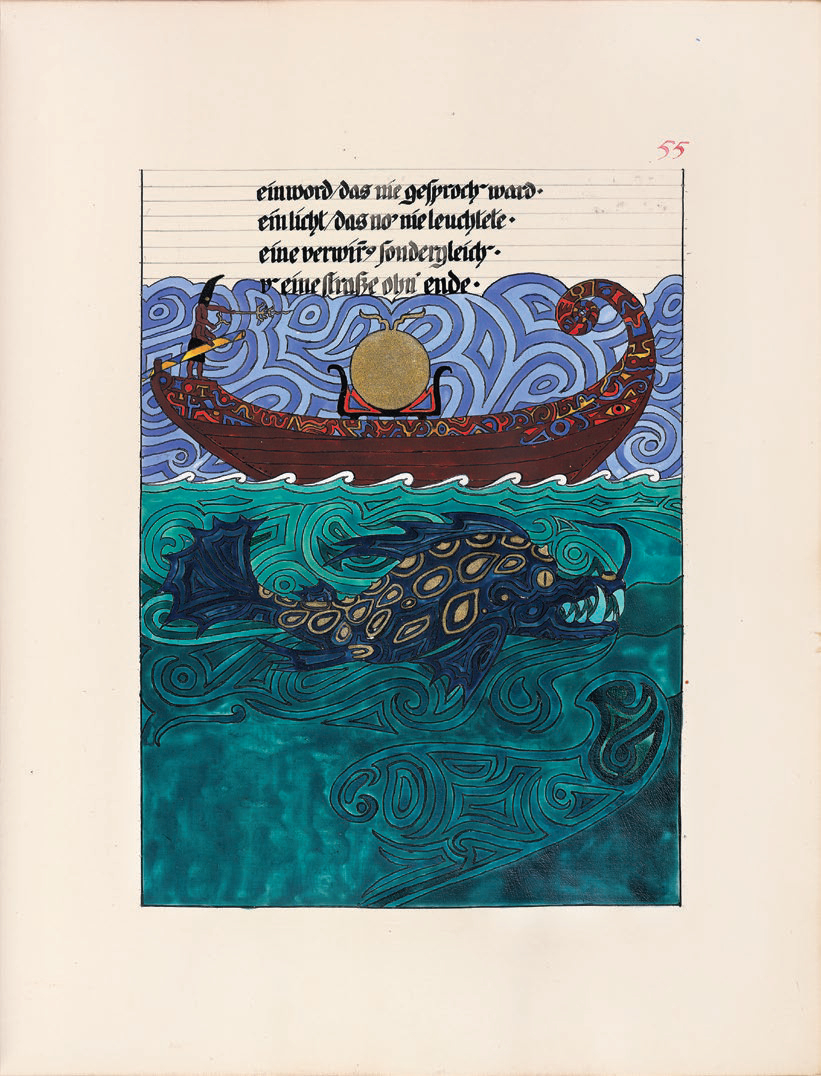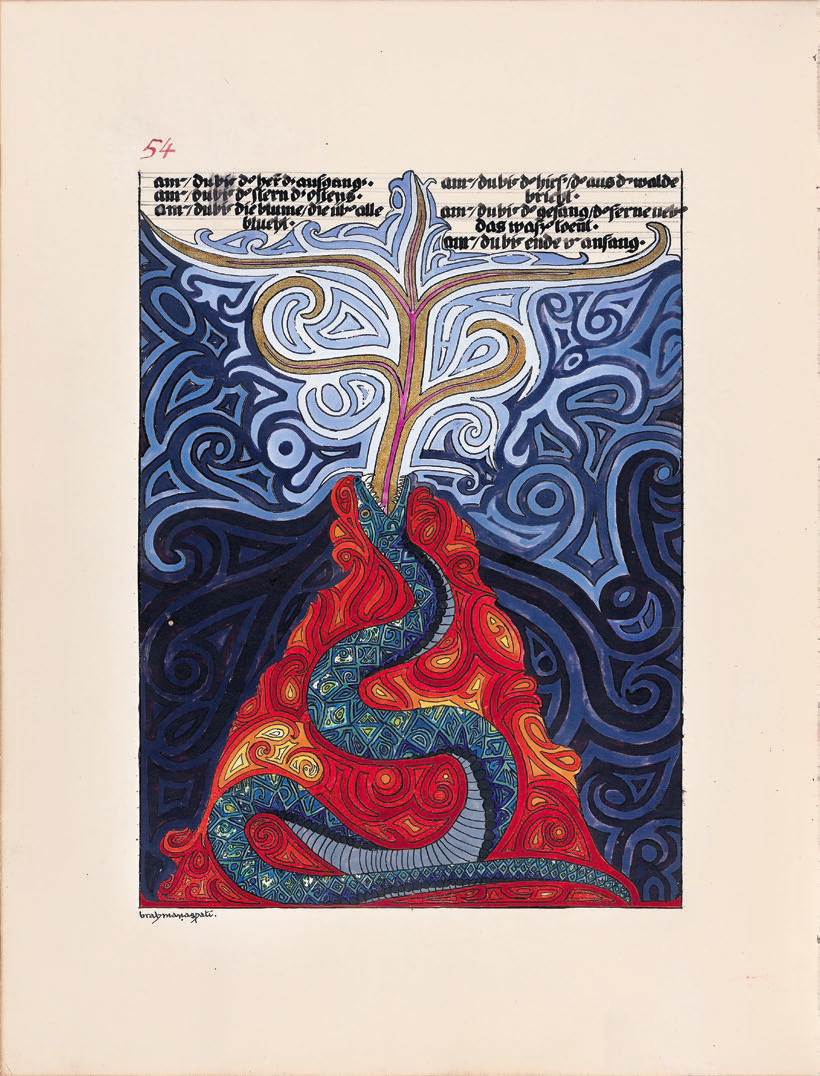“The Mummy Speaks!” announces The New York Times in Nicholas St. Fleur’s story about Nesyamun, a mummified Egyptian priest whose voice has been recreated, sort of, “with the aid of a 3‑D printed vocal tract” and an electronic larynx. Does the mummy sound like the monster of classic 1930’s horror? Scientists have only got as far as one syllable, “which resembles the ‘ah’ and ‘eh’ vowels sounds heard in the words ‘bad’ and ‘bed.’ ” Yet it’s clear that Nesyamun would not communicate with guttural moans.
This may not make the recreation any less creepy. Nesyamun, whose coffin is inscribed with the words “true of voice,” was charged with singing and chanting the liturgies; “he had this wish,” says David Howard, speech scientist at Royal Holloway, University of London, “that his voice would somehow continue into perpetuity.” Howard and his team’s 3‑D printed recreation of his mouth and throat has allowed them to synthesize “the sound that would come out of his vocal tract if he was in his coffin and his larynx came to life again.”
Let’s imagine a different scenario, shall we? One in which Nesyamun speaks from the ancient past rather than from the sarcophagus. “Voice from the Past” is, indeed, what the researchers call their project, and they hope that it will eventually enable museum goers to “engage with the past in completely new and innovative ways.”
If Nesyamun could be made to speak again, St. Fleur writes, “perhaps the mummy could recite for museum visitors his words to Nut, the ancient Egyptian goddess of the sky and heavens: ‘O mother Nut, spread out your wings over my face so you may allow me to be like the stars-which-know-no-destruction, like the stars-which-know-no-weariness, (and) not to die over again in the cemetery.”
Might we empathize? As University of York archaeologist John Schofield puts it, “there is nothing more personal than someone’s voice.” Hearing the mummy speak would be “more multidimensional” than only staring at his corpse. The novelty of this experience aside, one can imagine the knowledge historians and linguists of ancient languages might gather from this research. Others in the scientific community have expressed their doubts. We may wish to temper our expectations.
Piero Cosi, an Italian speech scientist who helped reconstruct the voice of a mummified iceman named Ötzi in 2016 (speaking only in Italian vowels), points out the speculative nature of the science: “Even if we have the precise 3‑D-geometric description of the voice system of the mummy, we would not be able to rebuild precisely his original voice.” Egyptologist Kara Cooney notes the clear potential for human biases to shape research that uses “so much inference about what [ancient people] looked or sounded like.”
So, what might be the value of approximating Nesyamun’s voice? In their paper, published in Nature Scientific Reports, Howard and his co-authors explain, in language that sounds suspiciously like the kind that might invoke a classic horror movie mummy’s curse:
While this approach has wide implications for heritage management/museum display, its relevance conforms exactly to the ancient Egyptians’ fundamental belief that ‘to speak the name of the dead is to make them live again.’ Given Nesyamun’s stated desire to have his voice heard in the afterlife in order to live forever, the fulfilment of his beliefs through the synthesis of his vocal function allows us to make direct contact with ancient Egypt.
Learn more about the Nesyamun’s vocal recreation in the videos above.
Related Content:
How to Make a Mummy — Demonstrated by The Getty Museum
Josh Jones is a writer and musician based in Durham, NC. Follow him at @jdmagness






